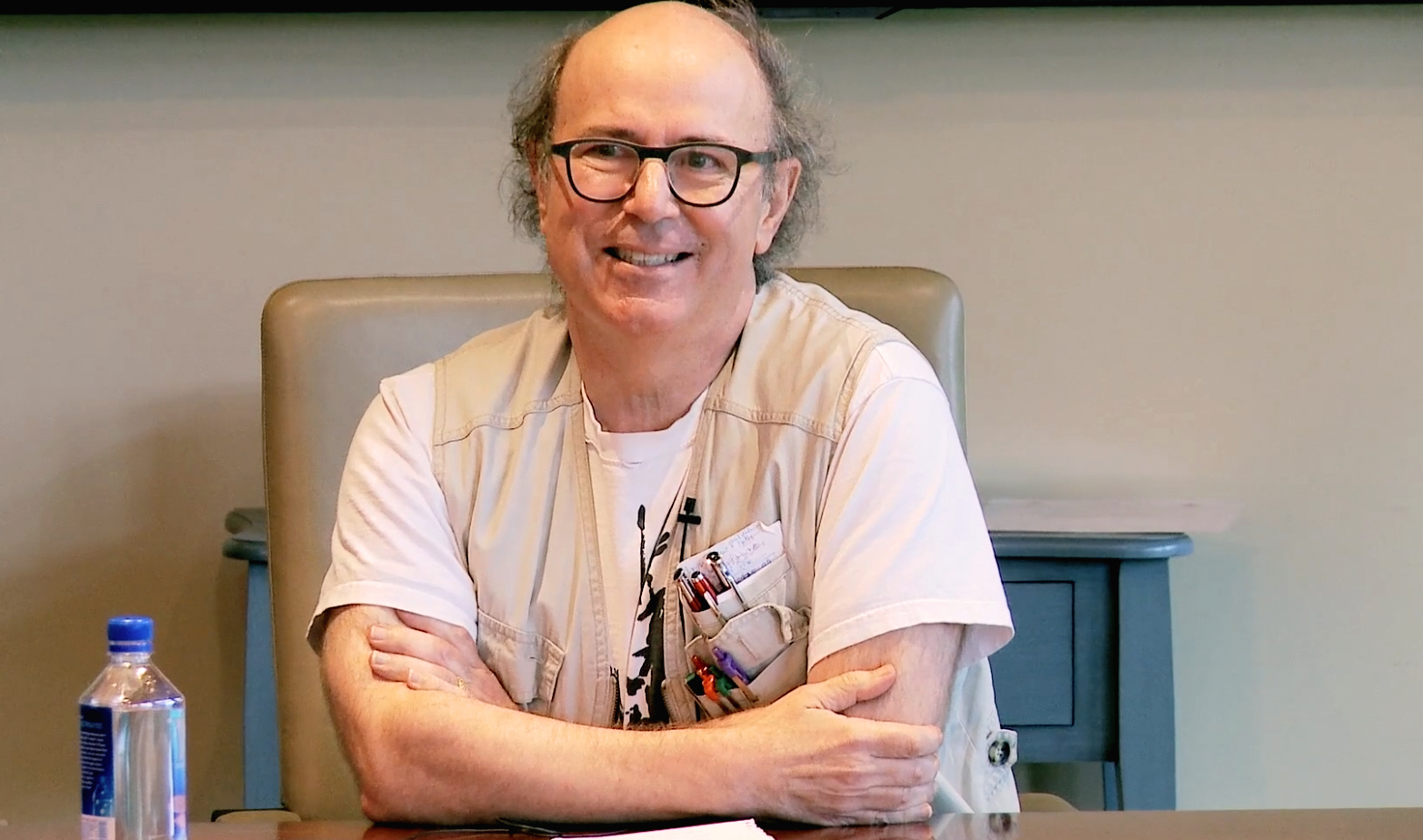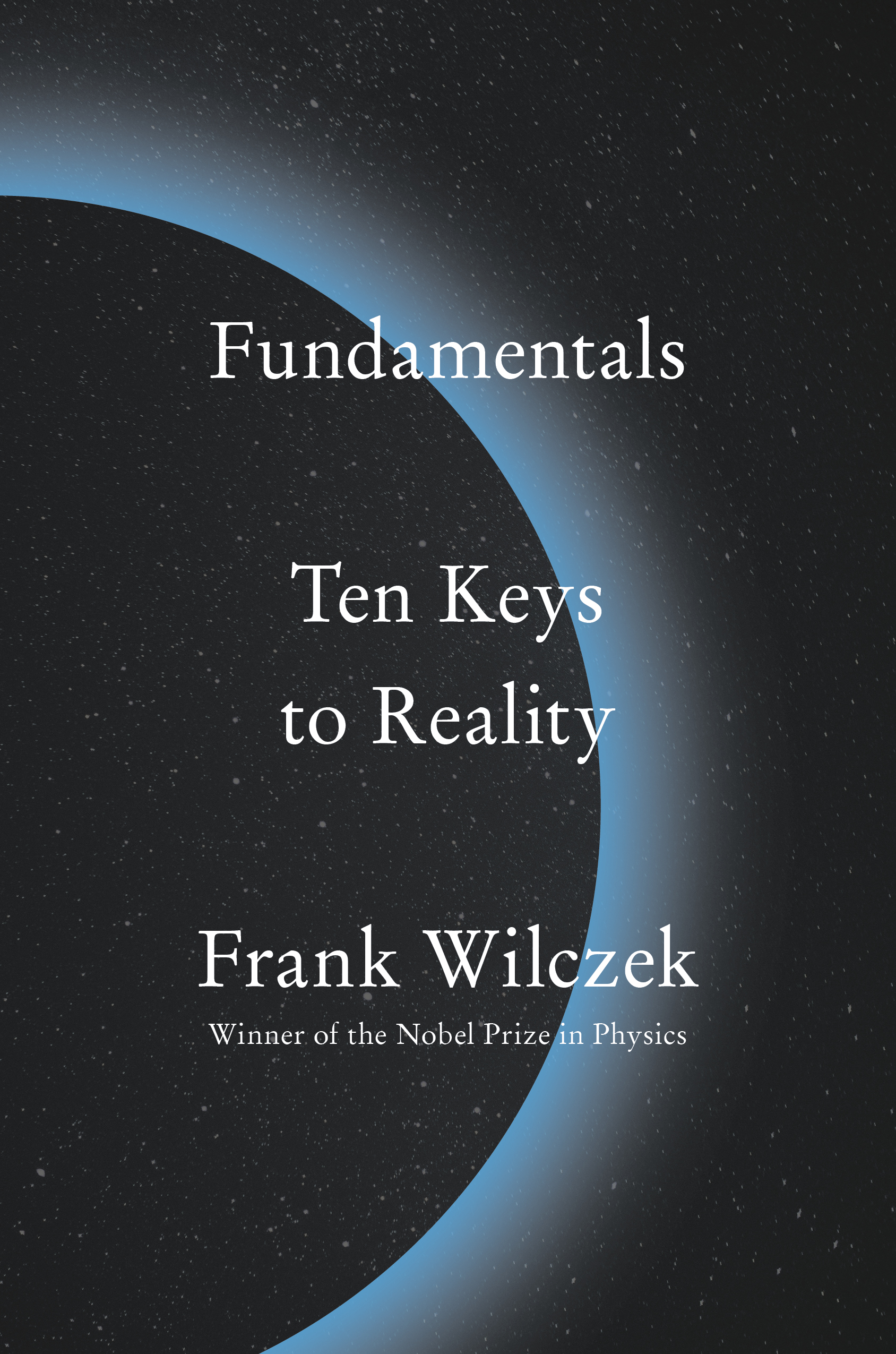The first of those is ineffability: “it defies expression.” Since I’m aiming to tell you a story, ineffability is an inconvenient feature. Nevertheless, I’ll give it a try.
It happened very early in my career, shortly after David Gross and I had done the calculations around asymptotic freedom that—as it turned out—cracked open the theory of one of the four fundamental forces of nature, the so-called strong interaction. At that point, however, it wasn’t at all clear whether our ideas actually described Nature. The crucial experiments had not been done, and they looked, at best, to be far in the future.
Still, I was getting encouragement, if not from Nature then at least from other physicists. A few weeks before, I had attended a small workshop together with the great Richard Feynman at the Downingtown Inn and Golf Course, outside Philadelphia. Feynman gave the summary talk. To my amazement, he featured our theory prominently. He spent about half of his hour on it. His bottom line was, to paraphrase, roughly this: “It’s probably wrong, but it makes definite predictions, which is a great thing. It’s important to check them out, even though that will be tough.” While this was hardly a ringing endorsement, Feynman’s talk was music to my ears. If Feynman was taking us seriously, it meant that we deserved to be taken seriously, and that others would, too.
The mystical moment came while I was visiting Brookhaven National Laboratory, on Long Island. Somehow—I don’t remember how, exactly—I wound up alone, standing on a jerry-rigged observation platform above a haphazard mess of magnets, cables, and panels. This was a staging area for assembling detectors and renovating pieces of the main accelerator there, the Alternating Gradient Synchotron (AGS). I must have gotten separated from my host for a few minutes. In any case, there I was, alone inside an aircraft-hangar-sized metallic box, staring down at the kind of equipment that people use to explore the fundamentals of Nature experimentally.
And then it happened. It came to me, viscerally, that the intricate calculations I’d done using pen and paper (and wastebasket) might somehow describe this entirely different realm of existence—namely, a physical world of particles, tracks, and electronic signals, created by the kind of machinery I was looking at. There was no need to choose, as philosophers often struggled to do, between mind or matter. It was mind and matter. How could that be? Why should it be? Yet I somehow, I suddenly knew that it could be so, and should be so.
That was my mystical experience. I warned you that it was ineffable.
The second James criterion is what he called a noetic quality. Mystical experiences must be “states of insight into depths of truth unplumbed by the discursive intellect. They are illuminations, revelations, full of significance and importance [and] carry with them a curious sense of authority.” My revelation was instantaneous and utterly convincing. For me, ever since, it’s been axiomatic that good ideas are the best guide to reality, and vice versa
Thinking more carefully about it afterward, I realized that the potential miraculous correspondence I envisioned, while new in detail, had plenty of precedents. Our optimistic sense that precise, discoverable, mathematical formulas govern the universe go back at least to Pythagoras and Plato. Their hopes began, I imagine, as mystical intuitions. Starting with the triumph of Newton’s celestial mechanics, those hopes have been amply realized, through one “miracle” after another. In 1960, Eugene Wigner, who showed the power of mathematical symmetry in quantum theory, wrote a famous essay entitled “The Unreasonable Effectiveness of Mathematics in the Natural Sciences.” It ends: “The miracle of the appropriateness of the language of mathematics for the formulation of the laws of physics is a wonderful gift which we neither understand nor deserve. We should be grateful for it and hope that it will remain valid in future research and that it will extend, for better or for worse, to our pleasure, even though perhaps also to our bafflement, to wide branches of learning.”
You don’t need a mystical moment like mine to get to that conclusion. But it helps.




